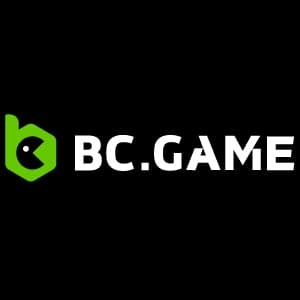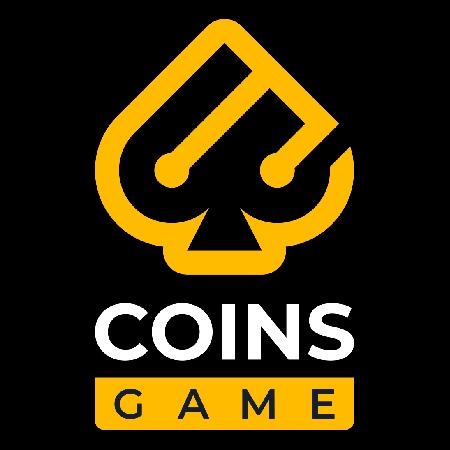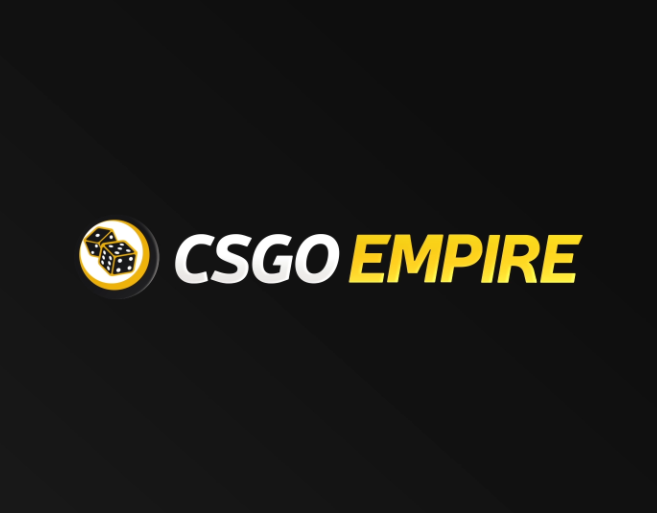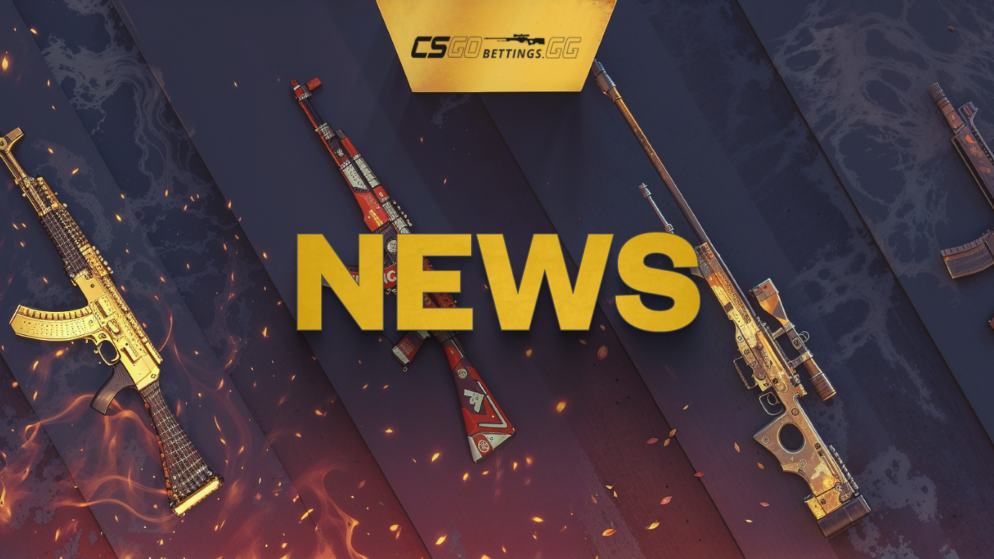
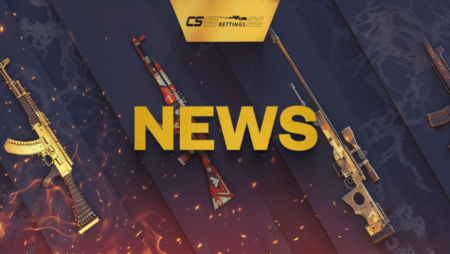
On August 12, 2025, during a Challenger League S50 match, NAVI faced Betera Esports. On map one (Ancient), s1mple delivered one of his worst CS2 performances: 0.62 HLTV rating, 7 kills, 19 deaths. His impact in trade scenarios was minimal, and mid control was lost twice with zero AWP kills.
On map two (Mirage), he finished with 40 kills, a 40–15 K/D, and a 1.91 rating. He closed 5 of 6 entry duels, clutched 3 rounds (1v2+), and had an 82% trade success rate. This was the highest bounceback rating in his NAVI career.
Why This Matters for Analysis
- This breaks the linear-form assumption. A poor map one does not forecast failure in map two – especially for players with flexible tactical roles.
- s1mple shifted from an open AWP entry role to a structured delayed hold. Role comfort, not form recovery, explained the swing.
What Traders Should Do
Live Betting
- If a star player posts a rating below 0.75 on map one and role stays unchanged – fade map two.
- If role changes (entry to support, AWP to delay), model a potential bounceback.
- If the player records 3 straight impact rounds (entry/clutch) consider live-entry during round 6–9 forcebuy cycles.
Pre-Match
- Don’t rely solely on past series rating. Analyze map-specific role framing.
- On Ancient, s1mple had an exposed AWP function without utility. On Mirage, he played a more protected short-cover pattern.
- Form is not standalone – it’s role-context dependent.
Conclusion
This series is a prime case for role-context modeling. Traders should avoid overreacting to low performance ratings without assessing player deployment and map structure. If a player’s output drops but map two grants better timing and setup – that’s a market inefficiency waiting to be exploited.
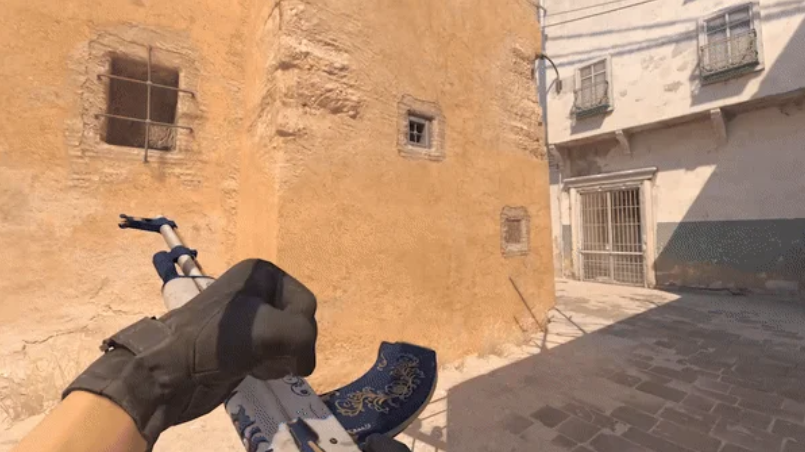

|
Mary S Colbert is a Chief Content Editor at csgobettings.gg, specializing in CS2 with over 8 years of experience as an e-sports analyst. Her informative articles on the game have made her a go-to resource for fans and her expertise is widely respected within the industry.
|



